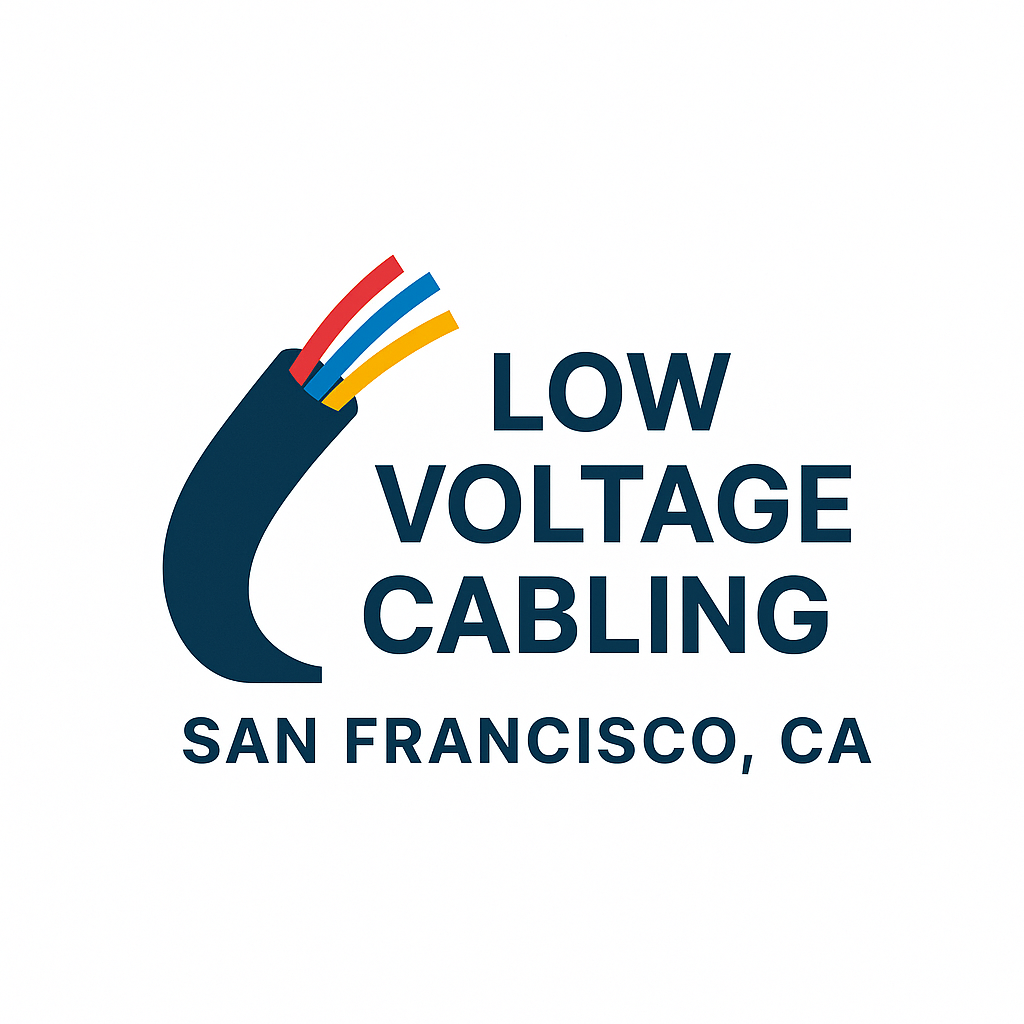Cabling Solutions for Data Centers in San Francisco, CA: Best Practices, Technologies & Design
Data centers are the backbone of modern digital infrastructure, and the cabling system inside them is as critical as the servers, cooling, and power. In San Francisco, where reliability, space constraints, and high performance demands converge, designing and implementing robust cabling solutions is essential. This article will guide you through the technical, regulatory, and practical aspects of data center cabling in San Francisco, offering insights into media choice, topology, standards compliance, and vendor considerations, Low Voltage Cabling,
What Is Data Center Cabling?
Data center cabling refers to the organized layout of cables, pathways, and connection points that interconnect servers, storage systems, network devices, and communication systems within a facility. A well-planned cabling system ensures efficient data flow, reduces latency, and minimizes downtime caused by connectivity issues.
In San Francisco, data centers play a critical role in supporting tech companies, startups, and enterprise-level organizations. From cloud hosting providers to fintech firms, every business relies on secure and high-speed cabling to maintain uptime and operational efficiency.
Importance of Structured Cabling in Data Centers
Structured cabling forms the backbone of modern data center infrastructure. Unlike traditional point-to-point wiring, structured cabling provides a unified system that supports scalability and flexibility.
Key Advantages:
- Improved Organization: Simplifies maintenance and troubleshooting.
- Enhanced Scalability: Supports future upgrades and expansions.
- Reduced Downtime: Prevents connectivity failures and overheating.
- Optimized Performance: Provides consistent and high-speed data transmission.
For San Francisco’s competitive tech environment, structured cabling ensures that data centers operate at maximum efficiency, even under increasing bandwidth demands.
Types of Data Center Cabling Solutions
A. Fiber Optic Cabling
Fiber optics are the preferred choice for high-speed data transmission across long distances. They offer superior bandwidth, minimal signal loss, and electromagnetic interference resistance—ideal for large-scale facilities in San Francisco’s innovation corridor.
Benefits include:
- Extremely high-speed connectivity
- Future-proof design
- Compact and lightweight installation
- Support for 10G, 40G, and 100G Ethernet systems
B. Copper Cabling
Copper cables, such as Cat6A and Cat7, are cost-effective and reliable for shorter distances. They provide excellent electrical performance and are commonly used for connecting racks and equipment within data halls.
Advantages:
- Easy to install and terminate
- Backward compatibility with older systems
- Lower cost for local connections
C. Overhead and Underfloor Systems
Depending on the facility layout, cabling can be routed through overhead trays or underfloor ducts.
- Overhead cabling offers better airflow management and accessibility.
- Underfloor systems are preferred for raised-floor environments with high-density cabling.
Cabling Design and Planning Standards
Professional cabling designs adhere to industry standards such as:
- TIA-942: Telecommunications Infrastructure Standard for Data Centers
- ISO/IEC 11801: Structured Cabling International Standard
- ANSI/BICSI 002: Data Center Design and Implementation Best Practices
Key design considerations include:
- Cable pathway optimization
- Thermal management
- Power and network separation
- Labeling and documentation systems
A detailed design ensures compliance, efficiency, and easier maintenance over time.
Best Practices for Data Center Cabling Installation
Proper installation is critical to achieving optimal data center performance.
Best Practices:
- Label All Connections: Simplifies maintenance and troubleshooting.
- Maintain Bend Radius: Prevents cable damage and signal degradation.
- Avoid Overloading Trays: Reduces stress and overheating risks.
- Implement Color Coding: Enhances visual organization.
- Plan for Redundancy: Supports failover systems and disaster recovery.
In high-demand environments like San Francisco’s financial and cloud data centers, precision installation is non-negotiable for maintaining reliability.
Common Mistakes and How to Avoid Them
Many data centers experience issues due to poor planning or improper cabling execution.
Common Errors:
- Overcrowded cable trays leading to overheating
- Insufficient labeling and documentation
- Using mixed-quality cables from different manufacturers
- Neglecting airflow and heat management
- Lack of scalability considerations during design
Preventing these errors from the start can save thousands of dollars in maintenance and downtime.
Emerging Trends in Data Center Cabling
The cabling landscape continues to evolve alongside technological innovation.
Key Trends:
- High-Density Cabling: More compact connectors and routing systems.
- Modular Cabling Designs: Allow quick reconfiguration and upgrades.
- Automation and Smart Monitoring: Intelligent systems that detect faults in real time.
- Edge Data Centers: Smaller, localized centers supporting IoT and AI workloads.
- Sustainability: Eco-friendly materials and energy-efficient cabling systems.
San Francisco, as a leader in green tech, is seeing rapid adoption of sustainable cabling solutions and modular infrastructure models.
Why San Francisco Data Centers Need Advanced Cabling Solutions
San Francisco’s data centers face unique challenges—space constraints, seismic considerations, and high energy costs. Efficient cabling systems can mitigate these issues through smart design and material selection.
Advanced cabling ensures:
- Reduced power consumption
- Enhanced data transfer speeds
- Compliance with local regulations
- Scalability for emerging technologies
As the region continues to grow as a hub for AI, fintech, and cloud computing, reliable cabling systems will remain a cornerstone of business continuity.
Conclusion
Cabling solutions for data centers in San Francisco, CA, require more than just physical connections—they demand strategic design, compliance, and foresight. Whether deploying fiber optic backbones or copper-based systems, organizations benefit from partnering with experienced professionals who understand the city’s infrastructure and technology demands.
By investing in structured cabling systems today, San Francisco businesses can ensure future-proof network performance that supports innovation and growth.
